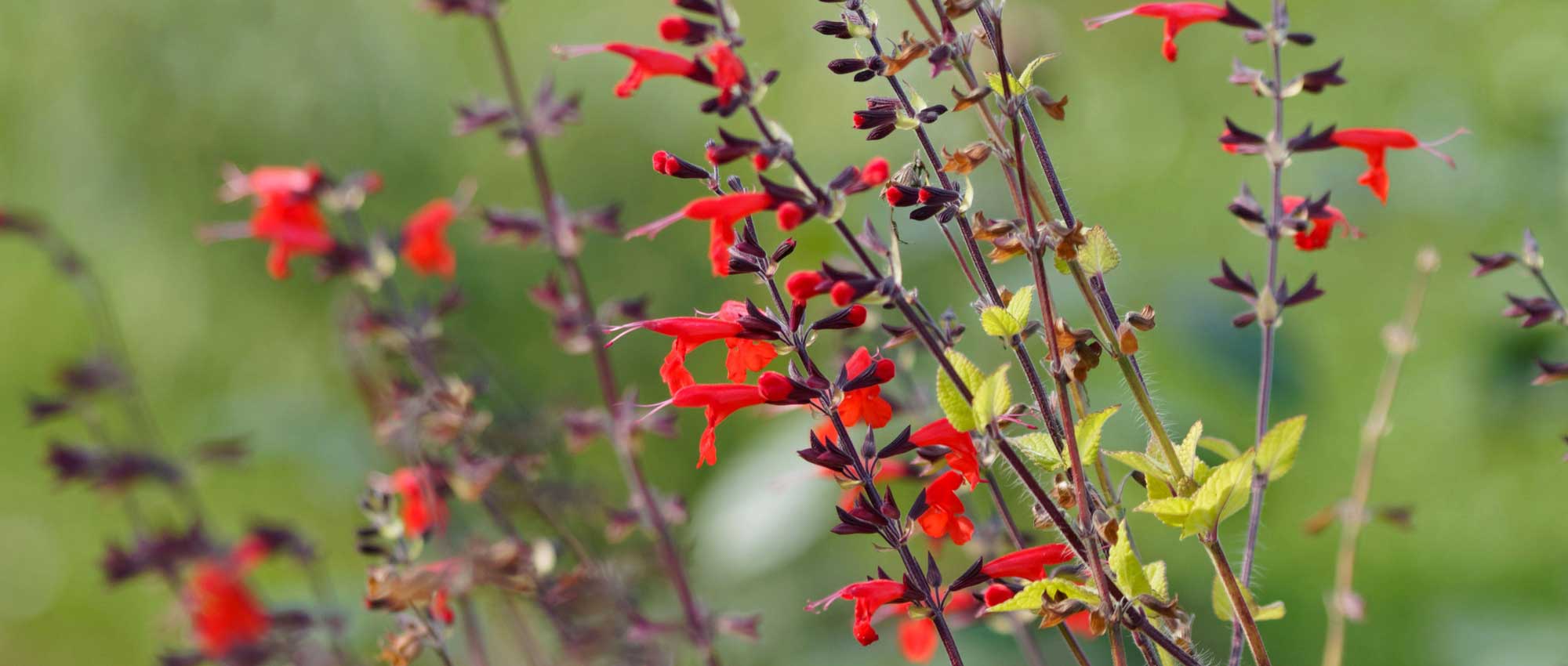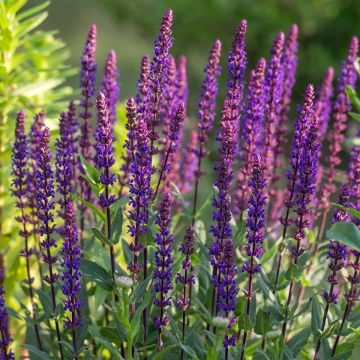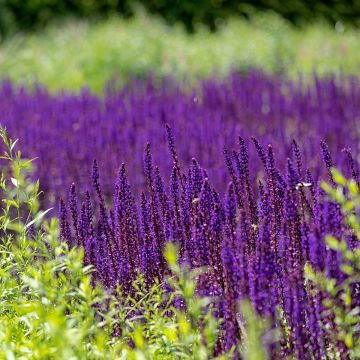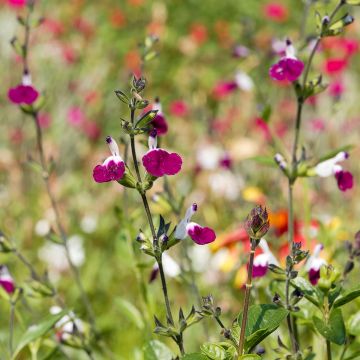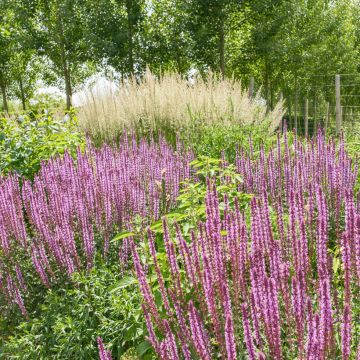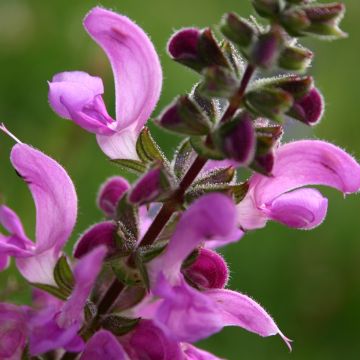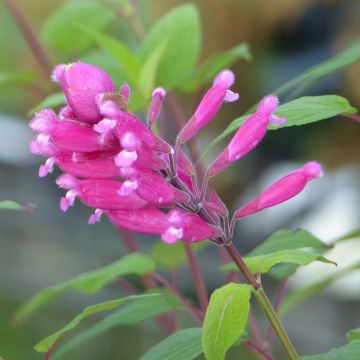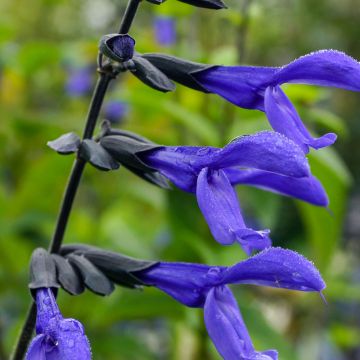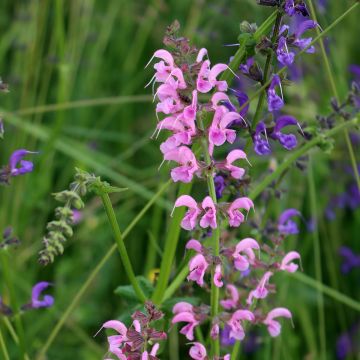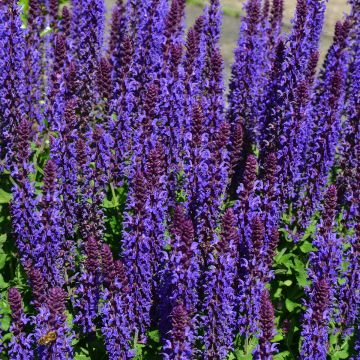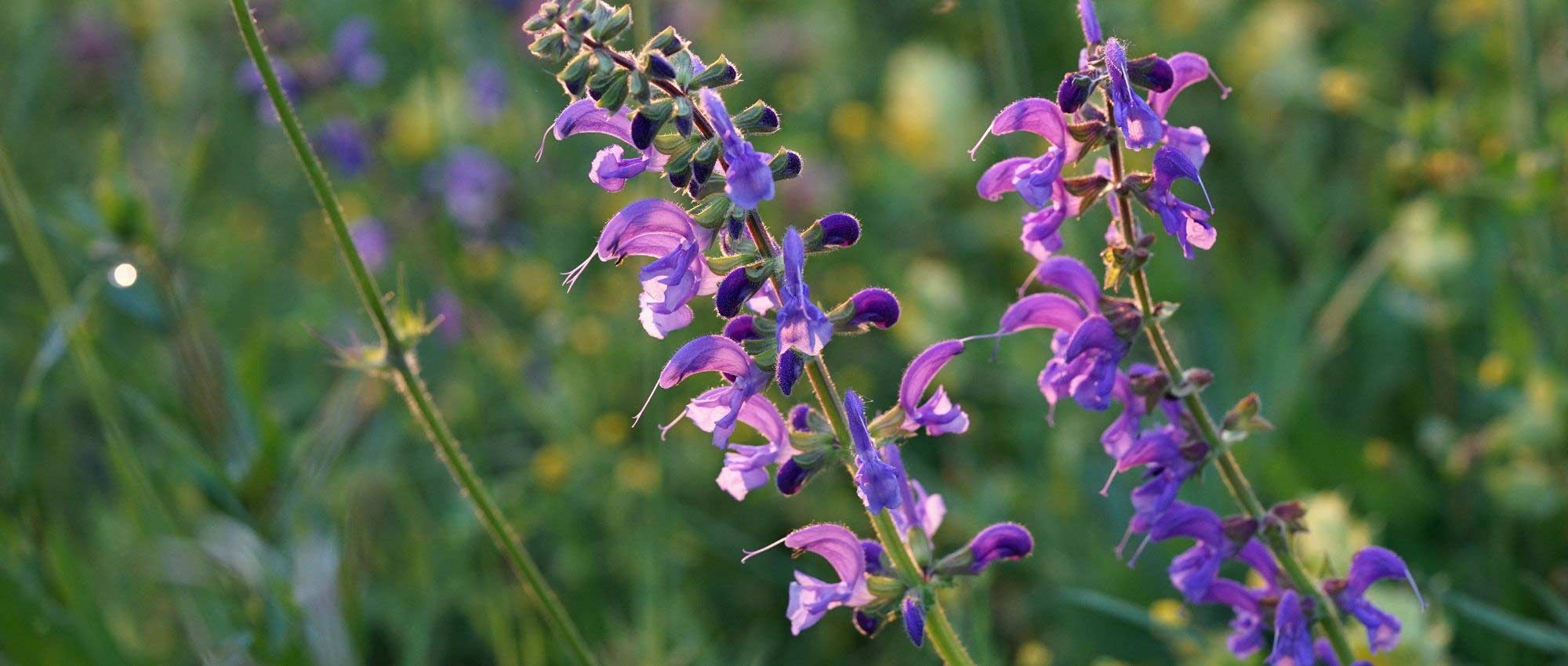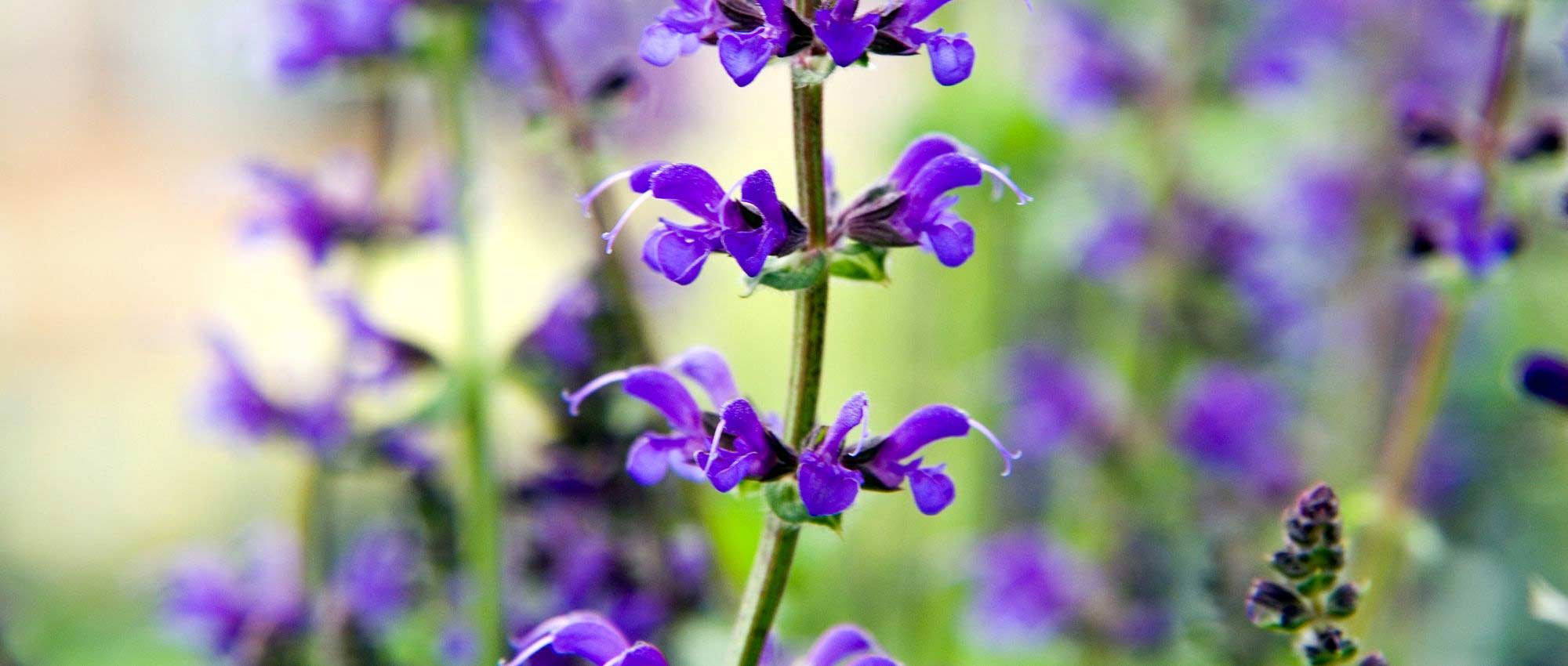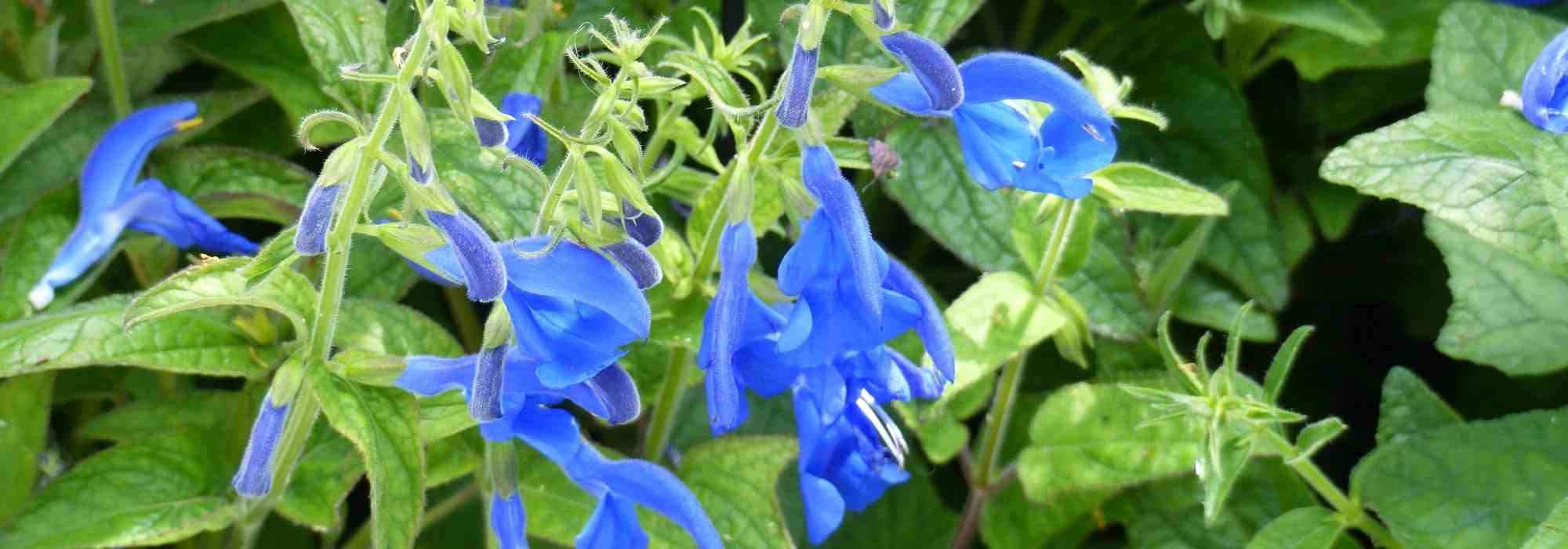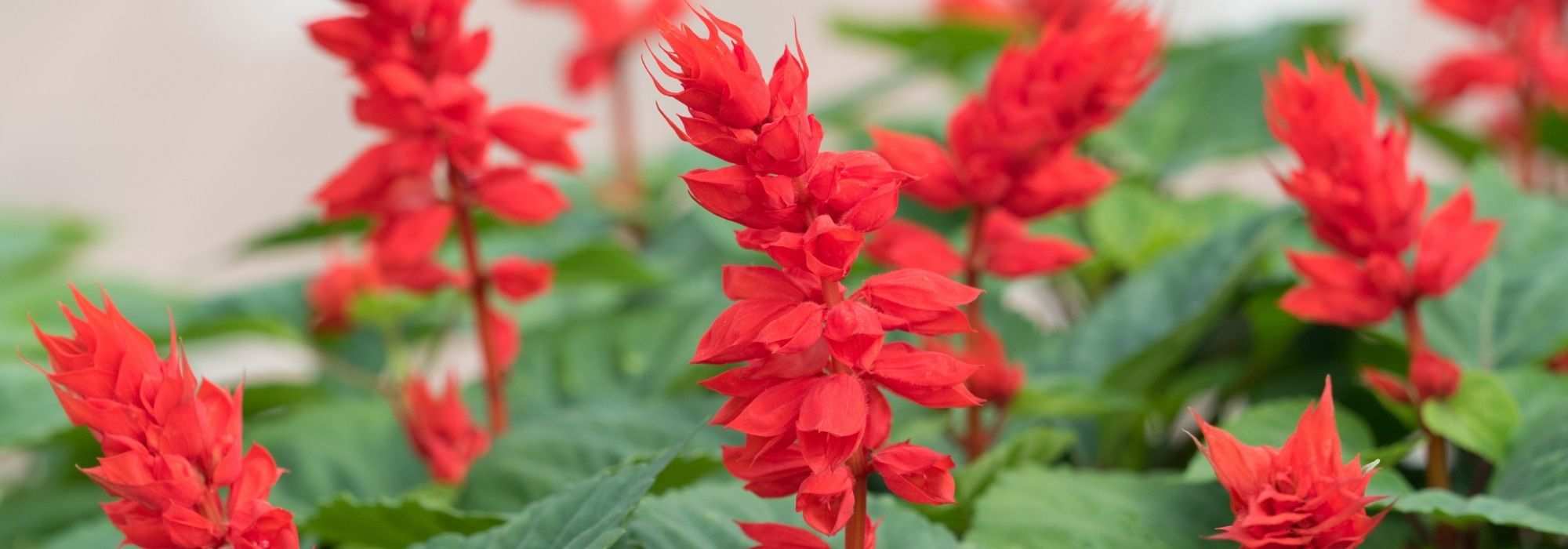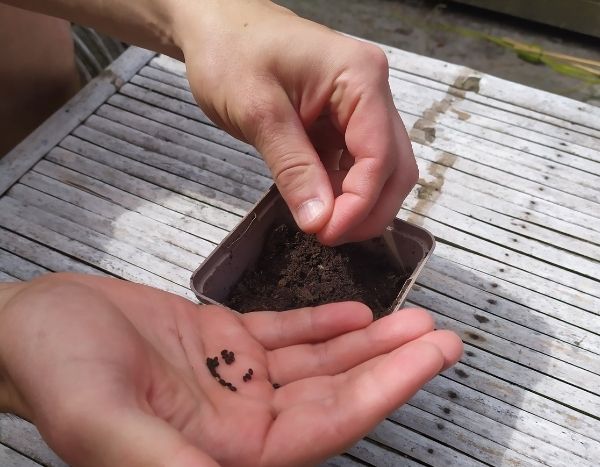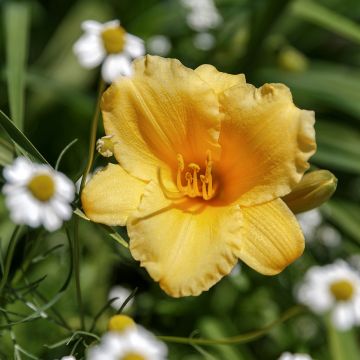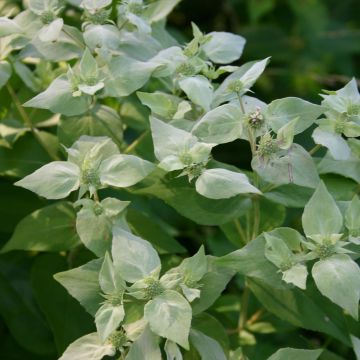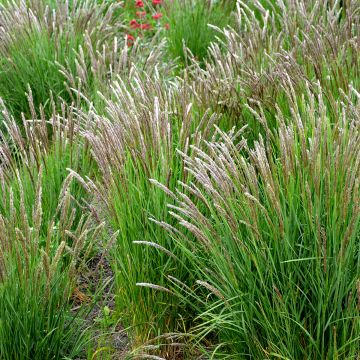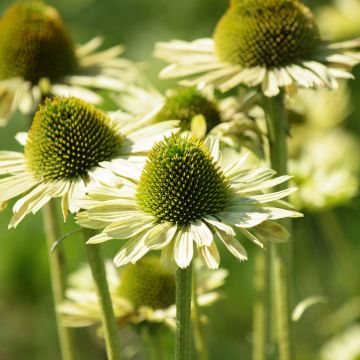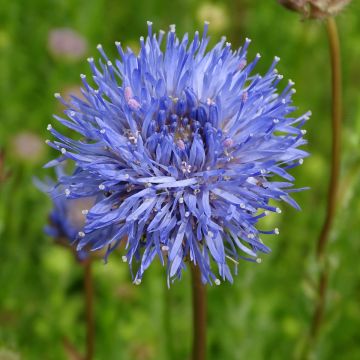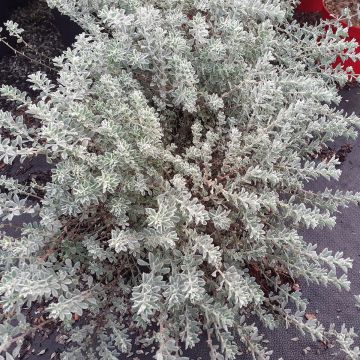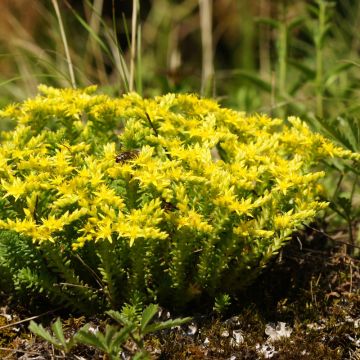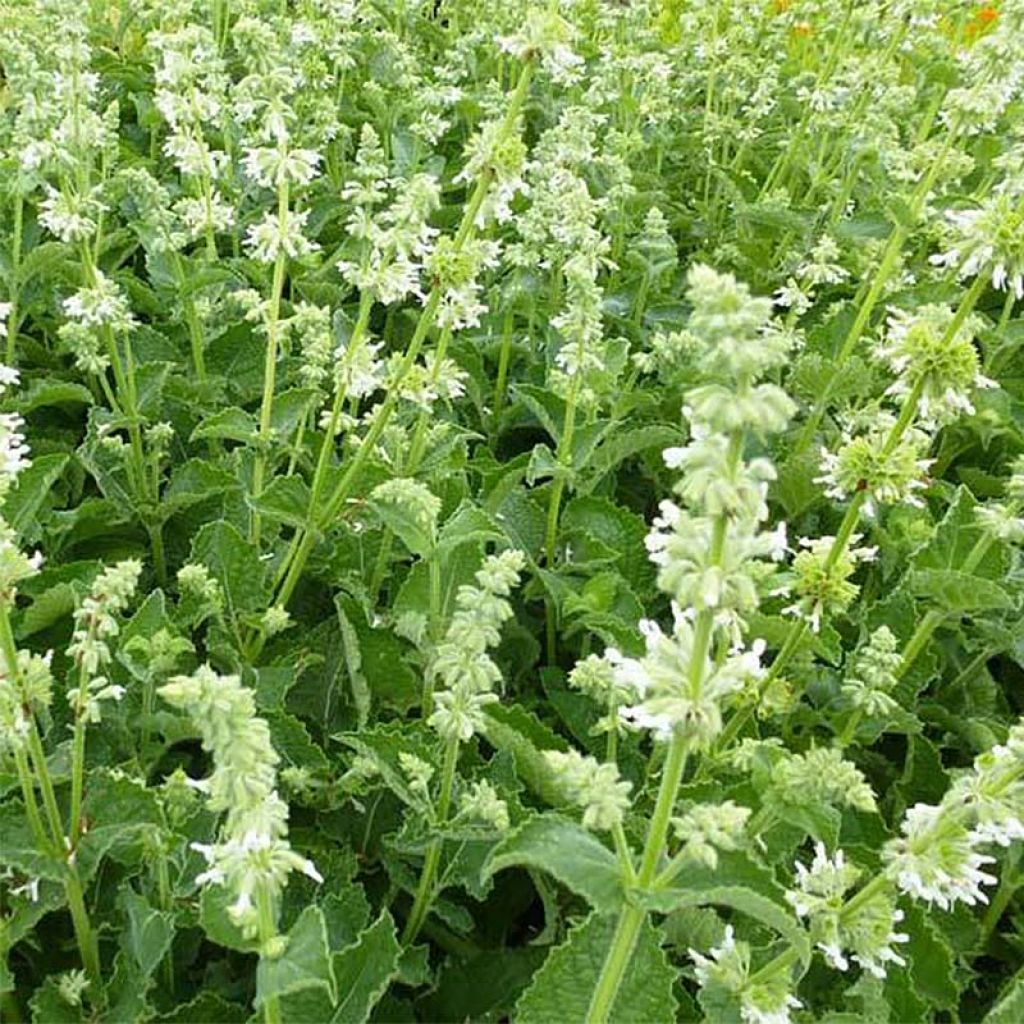

Salvia verticillata Alba
Salvia verticillata Alba
Salvia verticillata Alba
Whorled Clary
Residing in the Grand Est region where we suffer from drought, I am forced to create my Bzzz corners in a square vegetable garden for the quality of soil. Young plant magnificent, it is only one month old and is impressive. I would like to upload a photo, a delight for the bees.
Michel, 18/06/2023
Special offer!
Receive a €20 voucher for any order over €90 (excluding delivery costs, credit notes, and plastic-free options)!
1- Add your favorite plants to your cart.
2- Once you have reached €90, confirm your order (you can even choose the delivery date!).
3- As soon as your order is shipped, you will receive an email containing your voucher code, valid for 3 months (90 days).
Your voucher is unique and can only be used once, for any order with a minimum value of €20, excluding delivery costs.
Can be combined with other current offers, non-divisible and non-refundable.
Home or relay delivery (depending on size and destination)
Schedule delivery date,
and select date in basket
This plant carries a 12 months recovery warranty
More information
We guarantee the quality of our plants for a full growing cycle, and will replace at our expense any plant that fails to recover under normal climatic and planting conditions.
Would this plant suit my garden?
Set up your Plantfit profile →
Description
The Salvia verticillata 'Alba' is a white and compact form of the Whorled Sage, which usually offers lilac-mauve flowers. This sage may not be the most spectacular, but like nemorosa sages, it is a perfectly hardy plant and easy to grow in ordinary soil, even poor, but properly drained. It forms a beautiful bushy clump of grey-green foliage and upright stems, cascading in habit, adorned throughout the summer with small white flowers that are very honey-scented, clustered at the top of green stems that gracefully bend under their weight. This highly hardy variety naturalizes easily and forms a beautiful blanket for lean soils and slightly wild areas of the garden.
The Salvia verticillata is a perennial herbaceous plant with a horizontal rhizome native to southern and central Europe, and western Asia. It grows spontaneously along roadsides, on barren hillsides, mostly on limestone soils. This plant, like all sages, belongs to the family of lamiaceae or labiates. The 'Alba' variety, fast-growing, forms a compact clump, at least 20 cm (8in) high and 50 cm (20in) wide, composed of triangular leaves, with crenate-dentate edges, soft, hairy, and greyish-green in colour. They emit an odor when crushed that may be unpleasant. The flowering, nectar-bearing and honey-scented, appears from June to September if faded flowers are regularly removed. The flowering stems, 50 cm (20in) tall are branched. They are branching square-sectioned stems, bearing small leaves and white flowers, clustered in their upper part of the stems. It has excellent hardiness in healthy and well-drained soil. The plant slowly spreads through its rhizome and readily self-seeds in light soil.
The 'Alba' whorled sage is vigorous enough to outcompete weeds. It excels in natural beds, on slopes where it helps maintain them with its deep anchoring roots, allowing it to draw moisture even during heatwaves. Therefore, this plant will be perfect for maintaining the soil in rockeries or banks near water points. It is a very resistant plant, tolerating periods of drought once established, even if the beauty of its foliage suffers and Spartan growing conditions. It tolerates lime well, even growing on chalky slopes, and endures harsh winters without weakening. In beds, associate it with clary sage, common sage, along with old roses and Nepeta x faassenii, lychnis coronaria.
With over 900 species of annuals, perennials, and soft-wooded shrubs distributed throughout the globe, except for very cold regions and the tropical forest, the Salvia genus is the richest in the lamiaceae family.
Salvia verticillata Alba in pictures
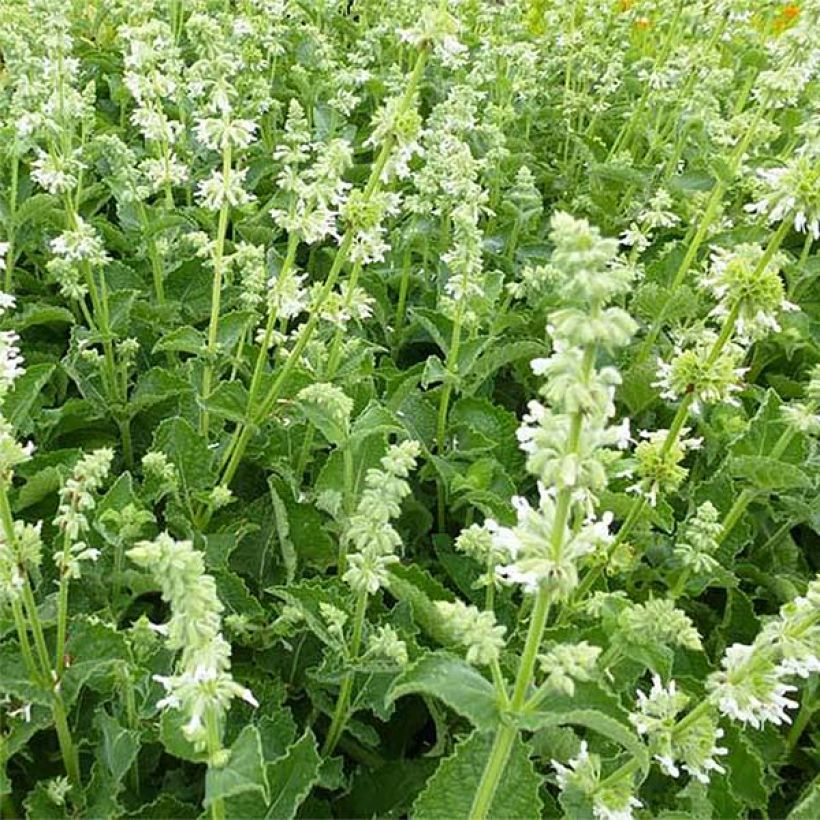

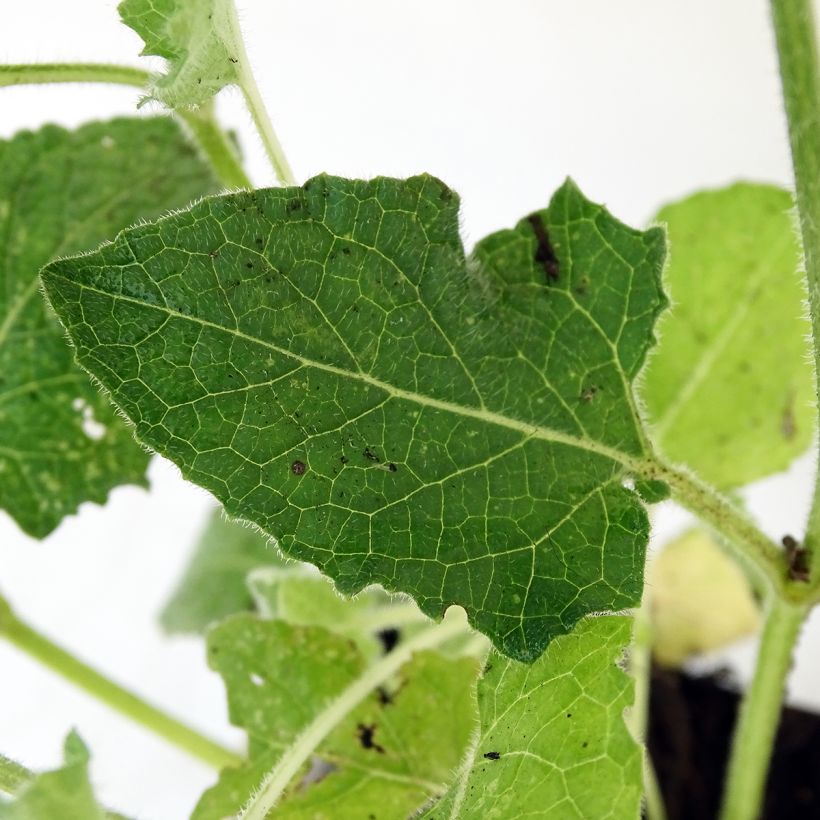

Flowering
Foliage
Plant habit
Botanical data
Salvia
verticillata
Alba
Lamiaceae
Whorled Clary
Central Europe
Other Salvia - Sage
View all →Planting and care
Install the Whorled Sage in an ordinary, even poor and rather chalky soil, but above all well-draining. This plant tolerates a certain drought once well established. It does not appreciate heavy and waterlogged soils in winter that can harm its hardiness. Plant in a sunny exposure or, at most, in partial shade in hot climates. This is an easy, very floriferous plant. Fertilize in spring and in April, cut all the branches in half. After flowering, cut the faded floral stems to stimulate and extend the flowering. To preserve the vitality of the sage, it is good to divide the plant after 3 or 4 years. Plant in well-worked and lightened soil, and to improve slightly poor soil, mix in some horticultural compost.
Planting period
Intended location
Care
Planting & care advice
-
, onOrder confirmed
Reply from on Promesse de fleurs
Similar products
Haven't found what you were looking for?
Hardiness is the lowest winter temperature a plant can endure without suffering serious damage or even dying. However, hardiness is affected by location (a sheltered area, such as a patio), protection (winter cover) and soil type (hardiness is improved by well-drained soil).

Photo Sharing Terms & Conditions
In order to encourage gardeners to interact and share their experiences, Promesse de fleurs offers various media enabling content to be uploaded onto its Site - in particular via the ‘Photo sharing’ module.
The User agrees to refrain from:
- Posting any content that is illegal, prejudicial, insulting, racist, inciteful to hatred, revisionist, contrary to public decency, that infringes on privacy or on the privacy rights of third parties, in particular the publicity rights of persons and goods, intellectual property rights, or the right to privacy.
- Submitting content on behalf of a third party;
- Impersonate the identity of a third party and/or publish any personal information about a third party;
In general, the User undertakes to refrain from any unethical behaviour.
All Content (in particular text, comments, files, images, photos, videos, creative works, etc.), which may be subject to property or intellectual property rights, image or other private rights, shall remain the property of the User, subject to the limited rights granted by the terms of the licence granted by Promesse de fleurs as stated below. Users are at liberty to publish or not to publish such Content on the Site, notably via the ‘Photo Sharing’ facility, and accept that this Content shall be made public and freely accessible, notably on the Internet.
Users further acknowledge, undertake to have ,and guarantee that they hold all necessary rights and permissions to publish such material on the Site, in particular with regard to the legislation in force pertaining to any privacy, property, intellectual property, image, or contractual rights, or rights of any other nature. By publishing such Content on the Site, Users acknowledge accepting full liability as publishers of the Content within the meaning of the law, and grant Promesse de fleurs, free of charge, an inclusive, worldwide licence for the said Content for the entire duration of its publication, including all reproduction, representation, up/downloading, displaying, performing, transmission, and storage rights.
Users also grant permission for their name to be linked to the Content and accept that this link may not always be made available.
By engaging in posting material, Users consent to their Content becoming automatically accessible on the Internet, in particular on other sites and/or blogs and/or web pages of the Promesse de fleurs site, including in particular social pages and the Promesse de fleurs catalogue.
Users may secure the removal of entrusted content free of charge by issuing a simple request via our contact form.
The flowering period indicated on our website applies to countries and regions located in USDA zone 8 (France, the United Kingdom, Ireland, the Netherlands, etc.)
It will vary according to where you live:
- In zones 9 to 10 (Italy, Spain, Greece, etc.), flowering will occur about 2 to 4 weeks earlier.
- In zones 6 to 7 (Germany, Poland, Slovenia, and lower mountainous regions), flowering will be delayed by 2 to 3 weeks.
- In zone 5 (Central Europe, Scandinavia), blooming will be delayed by 3 to 5 weeks.
In temperate climates, pruning of spring-flowering shrubs (forsythia, spireas, etc.) should be done just after flowering.
Pruning of summer-flowering shrubs (Indian Lilac, Perovskia, etc.) can be done in winter or spring.
In cold regions as well as with frost-sensitive plants, avoid pruning too early when severe frosts may still occur.
The planting period indicated on our website applies to countries and regions located in USDA zone 8 (France, United Kingdom, Ireland, Netherlands).
It will vary according to where you live:
- In Mediterranean zones (Marseille, Madrid, Milan, etc.), autumn and winter are the best planting periods.
- In continental zones (Strasbourg, Munich, Vienna, etc.), delay planting by 2 to 3 weeks in spring and bring it forward by 2 to 4 weeks in autumn.
- In mountainous regions (the Alps, Pyrenees, Carpathians, etc.), it is best to plant in late spring (May-June) or late summer (August-September).
The harvesting period indicated on our website applies to countries and regions in USDA zone 8 (France, England, Ireland, the Netherlands).
In colder areas (Scandinavia, Poland, Austria...) fruit and vegetable harvests are likely to be delayed by 3-4 weeks.
In warmer areas (Italy, Spain, Greece, etc.), harvesting will probably take place earlier, depending on weather conditions.
The sowing periods indicated on our website apply to countries and regions within USDA Zone 8 (France, UK, Ireland, Netherlands).
In colder areas (Scandinavia, Poland, Austria...), delay any outdoor sowing by 3-4 weeks, or sow under glass.
In warmer climes (Italy, Spain, Greece, etc.), bring outdoor sowing forward by a few weeks.






























